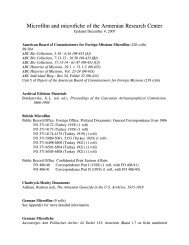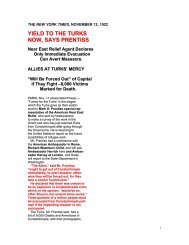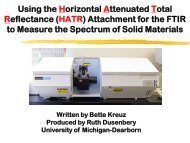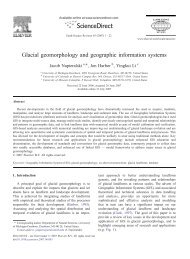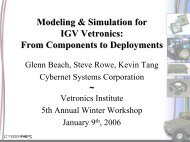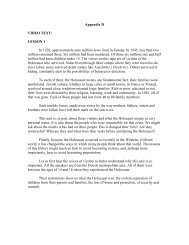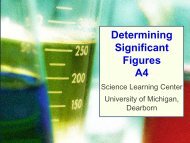Introduction to On Board Diagnostics (II)
Introduction to On Board Diagnostics (II)
Introduction to On Board Diagnostics (II)
You also want an ePaper? Increase the reach of your titles
YUMPU automatically turns print PDFs into web optimized ePapers that Google loves.
OBD <strong>II</strong> for L & MD VehiclesSTD ManualOBD <strong>II</strong> has ten (10) major moni<strong>to</strong>ring requirements: nine specific ic moni<strong>to</strong>rs and one catch all. Thenine moni<strong>to</strong>rs are: 1. Catalyst 2. Heated Catalyst 3. Misfire 4. Evaporative system5. Secondary Air System 6. Air Conditioning System Refrigerant (for CFC only) 7. Fuel system8. Oxygen Sensor 9. Exhaust Gas Recirculation (EGR) system. 10. Comprehensive components(sensors- inputs & actua<strong>to</strong>rs-outputs)outputs)The comprehensive components are mostly inputs and outputs <strong>to</strong> the powertrain which are sensors, andactua<strong>to</strong>rs. These have <strong>to</strong> be tested for circuit continuity, stuck k at 1 and stuck at 0 (ground) faults,and for range/performance problems, and internittent faults..OBD <strong>II</strong> has <strong>to</strong> communicate the diagnostic information <strong>to</strong> the vehicle mechanic via a communicationnetwork using diagnostic trouble codes (DTCs(DTCs).A special Connec<strong>to</strong>r , SAE J 1962, is used <strong>to</strong> facilitate the interface for communication.The mechanic uses Scan Tool, SAE J 1978, <strong>to</strong> collect diagnostic messages from the vehicle.The HS-3000 Manual specifies SAE standards for the above OBD <strong>II</strong> <strong>to</strong>ols. Each SAE standardspecifies one particular component for compliance. The requirements for each SAE standard aredescribed below:



